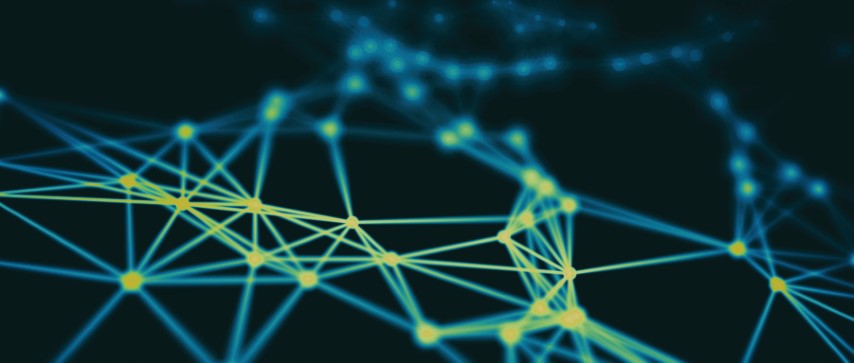
04. Mar 2020
XITASO Data Scientist Anton Winschel reports on Artificial Intelligence and Data Science
As a data scientist, Anton Winschel uses his expertise in data science projects on a daily basis. He explains exactly what is behind data science and why AI is such a fascinating topic.
Fascination with Artificial Intelligence; what makes AI so exciting for me
For me, AI combines the elegant sub-sections of mathematics such as topology and differential geometry with concepts of computer science and questions of biology and philosophy about the learning process of the brain. When it comes to AI, I regularly push the limits of my imagination. High-dimensional curved spaces, networking from mathematical operations to huge mesh structures and the constant questioning of how learning works is very challenging and fascinating. Intelligence is often defined in science as the generation of knowledge from experience. But exactly how this works in humans is not completely clear. If you want to simulate an artificial intelligence, then you basically build something that you don’t fully understand. This in turn leads to you learning a lot about yourself and your own learning process as part of the experience.
What exactly is involved in the work of a data scientist and how does it differ from that of a software developer?
As a data scientist at XITASO, I am involved as a team member from the early stages of development right up to implementation, but I only focus on the data. Software developers, on the other hand, work with their focus on the application and strive for the concrete implementation and architectural interaction of the software components. My contribution in the main is concerned with identifying correlations, understanding data and using it to be able to make analyses, interpretations and predictions. I assess the data quality and quantity with regard to the project-related question and develop concepts for improving data collection, if necessary. AI methods offer possibilities to solve problems that cannot be realized with classic methods from software development. For example, due to collected sensor data and associated machine downtimes, it is possible to predict future machine downtimes and therefore carry out maintenance in good time.
Author & contact person
Do you have questions, ideas or feedback on this topic? Feel free to contact us!
Having completed several years of research in the field of computer vision at the University of Augsburg, Anton Winschel joined XITASO in 2017. As a data scientist, he uses his expertise primarily in the consulting and implementation of data science projects and is also heavily involved in supporting research projects and innovation topics related to machine learning.


